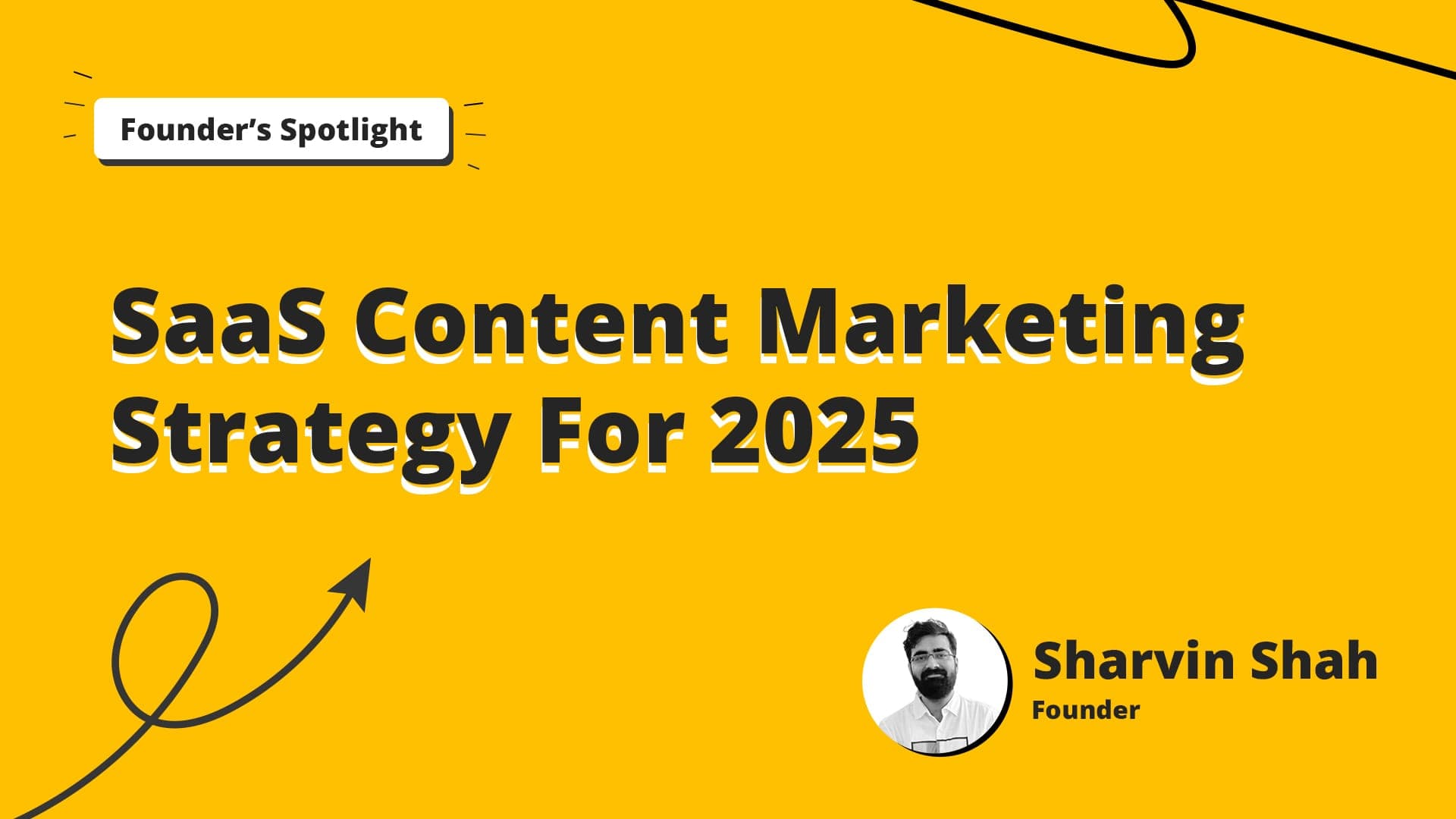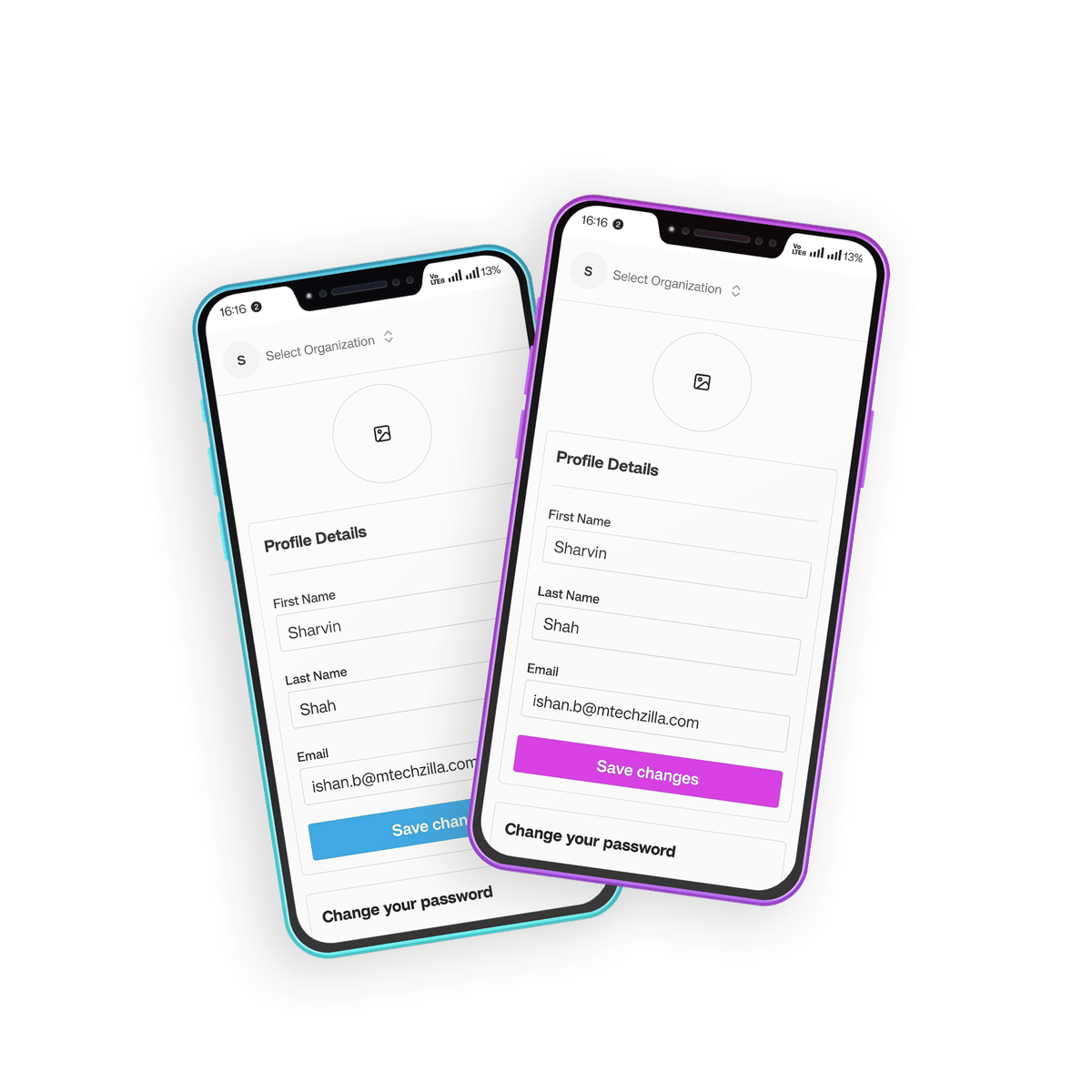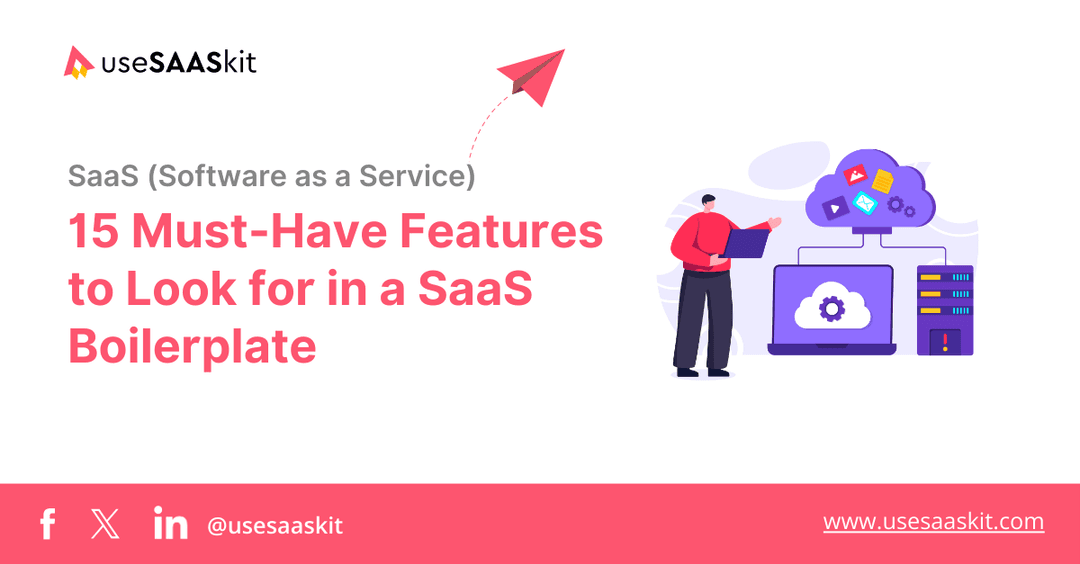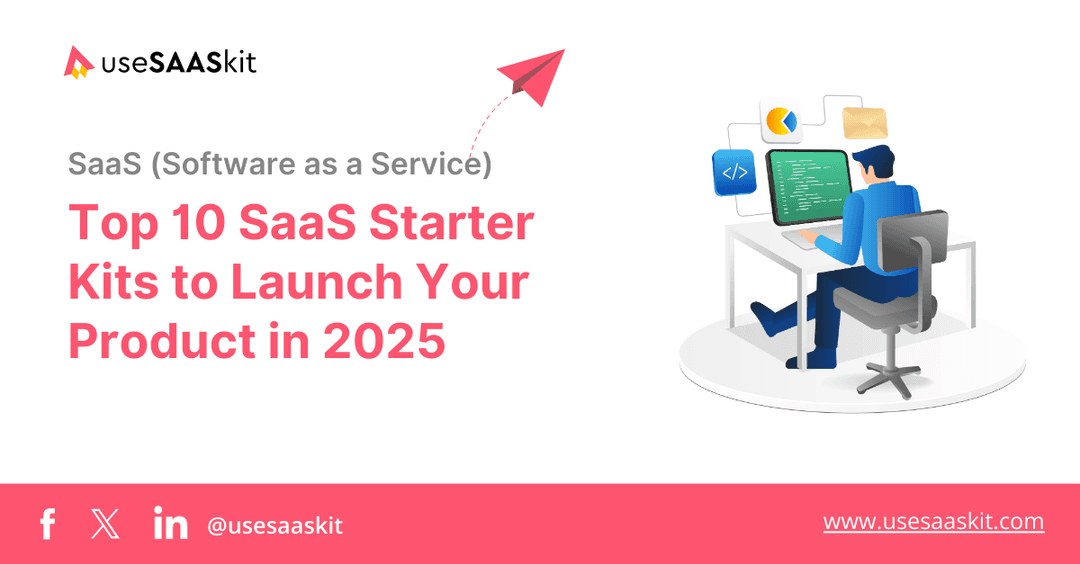Tuesday, 22 Oct 2024
12 min read
SaaS Content Marketing Strategy For 2025: Best Practices

As a SaaS company in the busy tech industry, we know the special challenges that founders face today. The SaaS industry is growing fast, with more businesses seeing the benefits of cloud-based solutions. But with this growth comes more competition, making it tougher to get noticed and attract customers.
In our journey, we’ve faced many challenges, like building a strong brand and creating content that connects with our audience. We’ve realised that many founders deal with similar problems, such as clearly explaining their value and generating leads in a crowded market.
Even with these challenges, we see a bright side. By using a solid content marketing strategy, SaaS companies can not only overcome these obstacles but also succeed. In this blog, we’ll share our experiences and give practical tips to help other SaaS builders create an effective SaaS content marketing strategy for 2025.
What is SaaS Content Marketing?
SaaS content marketing means creating and sharing useful information to attract and keep customers for a Software as a Service (SaaS) business. Instead of just selling your software, you provide helpful content that answers questions and solves problems for your audience. This way, you show potential customers how your product can help them.
Examples of SaaS Content Marketing
- Blog Posts and Articles: Many SaaS companies write blog posts to solve common problems. These posts bring visitors to their website and educate potential customers on why their tools are useful.
- How-to Guides and Ebooks: Free resources like how-to guides or ebooks can attract new customers.
- Case Studies: Case studies show how existing customers have used your software successfully.
Make content creation easy with our SaaS Blog Generator! It helps you quickly write SEO-friendly blog posts that connect with your readers and show how your tools can help them. You can generate useful content that attracts traffic and ranks well on search engines by simply adding your topic, pain points, target audience and benefits. Get the content you want in just minutes!

Why is Content Marketing Important for SaaS Businesses?
Content marketing is very important for Software as a Service (SaaS) businesses. It helps build trust, attract customers, and increase sales.
- Builds Trust and Credibility: Content marketing helps you show your knowledge and build trust with your audience. When you give helpful information, people see you as an expert.
- Attracts Targeted Traffic: Creating good content can bring more visitors to your website. When people search for solutions, they can find your content on search engines, helping you reach the right audience.
- Supports Customer Education: Content marketing helps your customers understand how your software works and how it can help them. Many potential customers may not know all the features of your product.
- Generates Leads: Good content can help you gather leads by offering free resources in exchange for contact information. This means you can build a list of people who are interested in your product.
- Enhances SEO and Online Visibility: Creating quality content can help your website show up higher on search engines. When you publish relevant articles regularly, search engines see your site as valuable.
- Builds Community and Engagement: We have created a space for our users to discuss and share ideas about our topics. Our forum for customer support tips has become a helpful place for users to learn from each other and engage with our brand.
In short, content marketing has been very important for us as a SaaS company. By creating valuable content, we have built trust, attracted the right audience, educated our customers, generated leads, improved our online presence, and created a community. Our experiences show how important a strong content marketing strategy is in the SaaS industry.
8-Step Guide to Creating a Powerful SaaS Content Marketing Strategy
Content works best when backed by a solid overall marketing plan.
1. Build a Strong Foundation for Your Content Strategy
Define Your Product and Brand Story: SaaS products can be complex, so it’s important to be clear on what your product does and why it matters. Your brand story should explain who you are, what your mission is, and the value your product brings to users.
Document Important Business Details: Before creating content, ensure that you have the following key elements in place:
1. Target Audience and Segments: Clearly identify your ideal customers. Divide them into different groups based on their characteristics or needs, so you can create content that speaks directly to them.
Checklist for Defining Audience:
- Age, job roles, and industry
- Company size and budget
- Goals, challenges, and decision-making behaviors
2. Unique Selling Proposition (USP): Figure out what makes your product different from competitors. Your USP should clearly explain the unique value your SaaS product offers and why customers should choose it.
3. Brand Message and Positioning: Develop a consistent message that reflects your brand and the benefits of your product. This message will guide your content and help position your product as the best solution for your target audience’s problems.
2. Prepare Essential Marketing Assets
Having the right marketing tools and assets is critical to executing a successful content strategy. Here’s what you’ll need:
- Optimized Website: Make sure your website is user-friendly and optimized for search engines. Pay attention to page speed, navigation, keywords, and internal links to help users find your content easily.
- Content Team: You’ll need a team of professionals, either in-house or freelance, to manage content writing, design, and production. Having a dedicated team ensures that your content will be consistent and of high quality.
- Marketing Tools: Use tools that help you track and improve your content efforts. Google Analytics can help you measure content performance, and SEO tools will help you find the right topics and keywords.
3. Set Clear Content Marketing Goals
Setting clear, measurable goals helps you track progress and stay focused. Think about your goals at two levels:
- Overall Content Goals: Align your content goals with your business objectives. For example, SaaS companies often aim to increase brand awareness, generate more leads, and grow website traffic. You should also measure how your content contributes to overall revenue.
- Individual Content Goals: Track specific results for each piece of content you create. For instance, monitor how much organic traffic a blog post gets or how many signups come from a particular article. Tracking these metrics will help you see what’s working and what needs improvement.
Common Content Goals for SaaS Companies
- Increase Brand Awareness: Make more people aware of your product and brand.
- Boost Website Traffic: Get more visitors to your website by creating engaging content.
- Generate Leads: Convert website visitors into potential customers with targeted content.
This groundwork will help you create a content marketing strategy that’s not only effective but also sustainable over the long term.
4. Conduct Keyword Research

Keyword research is important for creating content that attracts your target audience. Here’s how to do it step by step:
- Identify Your Main Topics: Start by listing the main topics related to your SaaS product. If you offer Next.js templates for SaaS development, topics could include "Next.js SaaS templates," "best Next.js templates," and "how to build SaaS with Next.js.
- Use Keyword Research Tools: There are several tools available to help you find relevant keywords:
- Google Keyword Planner: This free tool helps you discover keywords related to your business and shows their search volume.
- Ubersuggest: This tool gives you keyword ideas along with data on search volume, competition, and trends.
- AnswerThePublic: This tool generates questions and phrases that people are searching for around your main topics, which can inspire content ideas.
3. Analyze Competitor Keywords: Look at the keywords your competitors are using. You can use tools like SEMrush or Ahrefs to see which keywords are driving traffic to their websites. This can help you find gaps in your own content.
4. Choose Long-Tail Keywords: Focus on long-tail keywords, which are longer and more specific phrases. For example, instead of just "SaaS," use "best SaaS for small businesses." Long-tail keywords often have less competition and can attract more targeted traffic.
5. Group Keywords by Intent: Organize your keywords based on the intent behind them. This means understanding if users are looking for information (informational intent), want to make a purchase (transactional intent), or are comparing products (commercial intent).
- Create a Keyword List: Compile a list of the most relevant keywords and their search volumes. This list will guide you when creating content and help you ensure you are using the right keywords throughout your website.
- Use Keywords in Your Content: When creating your content, naturally incorporate your chosen keywords into your titles, headings, and body text. Be careful not to overdo it; the content should still read smoothly and provide value to your audience.
By following these steps, you can effectively conduct keyword research that will inform your content creation and help you attract the right audience to your SaaS business.
5. Create High-Quality, Valuable Content

Making great content is important for getting and keeping your audience's attention. Here’s a simple guide for your SaaS marketing team:
1. Know Your Audience: Look at the customer profiles you made earlier. Understand what problems they have and what they care about. This helps you create content that speaks to them.
2. Focus on Quality, Not Quantity: High-quality content attracts and retains visitors, while low-quality content can turn them away. Before publishing, check if your content meets these criteria:
- Is it useful and practical? Does it solve a problem for your audience?
- Is it original? Ensure you are not copying others’ work and that it reflects your brand’s voice.
- Use images, infographics and videos to break up text and illustrate your points.
- Share your own experiences and insights.
3. High-Quality Content Ideas:
- How-To Guides: Step-by-step guides that explain how to solve a specific problem. For example, "How to Integrate Next.js with Your SaaS Backend."
- Comparison Articles: Compare your product with competitors or highlight different features. For instance, "Next.js vs. Other Frameworks for SaaS Development."
- User Testimonials: Share quotes and experiences from happy customers. This builds trust and shows the value of your product.
- Industry Trends: Write about the latest trends in SaaS or technology. For example, "Top 5 Trends in SaaS Development for 2025"
- Short Videos for Social Media: Use platforms like Instagram Reels and LinkedIn for quick, engaging videos. These can showcase tips, product features, or customer stories.
- Podcasting: Start a podcast to discuss industry topics, interview experts, or share insights. This format allows for deeper conversations and helps build a community around your brand.
- LinkedIn Live: Use LinkedIn Live to host real-time discussions, Q&A sessions, or product demonstrations. This interactive format helps you connect with your audience directly and allows for immediate feedback.
By following these steps and using these content ideas, you can create valuable content that helps your audience and shows them the benefits of your SaaS product.
6. Optimize Your Content for Search Engines (SEO)
After creating great content, the next step is making sure people can find it easily on search engines like Google. This is called Search Engine Optimization (SEO), and it helps you attract more visitors to your website. Here’s how to do SaaS SEO:
1. Do Keyword Research: The content you have prepared should always include keyword research. Find primary and secondary keywords related to the topic you're writing about. Use tools like Google Keyword Planner or Ahrefs to discover common search terms that your audience is using.
2. Add Keywords Naturally: Use these keywords in your content, but make sure they fit naturally. Add them to your titles, headings, and within the text.
3. On-Page SEO Tips:
- Use Headings: Break your content into sections with headings (H1, H2, H3) so it's easier to read and search engines can understand it better.
- Internal Links: Link to other articles or pages on your website. This helps visitors find more useful content and search engines understand your site structure.
- Optimize Images: Name your image files clearly and use alt text (a short description of the image) so search engines can read them.
- Use High-Quality Creatives: Include high-quality images or graphics to make your content visually appealing and engaging. This helps retain user attention and improves overall user experience.
- Outbound Links: Link to authoritative, high Domain Authority (DA) websites. Outbound links to reputable sources boost your content’s credibility and show search engines that your content is well-researched.
Also make it easy for people to share your content on social media by adding share buttons. More shares can help more people see your content and increase your rankings on Google.
7. Promote Your Content Effectively
Creating great content is just the start. The next step is making sure the right people see it. Here’s how you can share your content:
1. Use Social Media: Post your content on platforms like LinkedIn, Twitter, Instagram and Facebook. Each platform has a different audience, so adjust your message to fit.
2. Send Emails: Share your content with your email subscribers. You can send newsletters with your latest blog posts, guides, or videos.
3. Partner with Influencers: Work with people who are well-known in your industry. They can share your content with their audience, giving you more exposure.
4. Use Paid Ads (Optional): If you have a budget, you can promote your content using ads on Google, Facebook, or LinkedIn. This helps more people see your content faster.
5. Repurpose Content: Turn your existing content into new formats. For example:
- Convert a blog post into an infographic to make it easy to read.
- Turn a guide into a short video or webinar.
- Create a podcast episode from your blog or articles.
6. Share in Forums and Groups: Join online communities like Reddit, Quora, LinkedIn groups and Twitter Communities where your audience hangs out. Share your content when it's helpful, and participate in discussions to build trust.
Promoting your content helps you reach the right audience. It gets your message out there and makes sure your hard work pays off by bringing visitors to your website, leading to more sign-ups, leads, and customers.
8. Create Content Plans to Nurture Your Leads
To help your potential customers become paying customers, you need a plan for nurturing leads. This means guiding them through their buying journey with valuable content.
Here’s how to do it:
1. Use Analytics to Understand Your Audience:

- Check Which Content Is Popular: Look at your website’s analytics to see what content people click on the most.
- Track Organic Traffic: See which pages bring in the most visitors from search engines. If a specific topic attracts many visitors, you should write more content about it.
- Monitor Keywords: Check which keywords are driving traffic to your site.
- Analyze User Behavior: See where people go after reading a blog post. You can experiment with different call-to-action (CTA) buttons, like “Sign Up for a Free Trial” or “Download Our eBook,” to see which gets more clicks.
2. Learn from Your Competitors:
- Study What Works for Them: Look at what kind of content your competitors create. Use tools like SEMrush to see which keywords they rank for and what content attracts their audience.
- Sign Up for Their Emails: Subscribe to your competitors’ newsletters to see how they nurture their leads. Pay attention to their email topics and how they promote their content.
3. Create a Lead Nurturing System:
- Set Up Email Automation: Use tools like Mailchimp or HubSpot to automate emails that deliver valuable content to your leads.
- Use Lead Scoring: Implement a system to rate how interested a lead is in your product. For example, if someone opens your emails and visits your website frequently, they get a higher score. Only send high-scoring leads to your sales team, as they are more likely to convert.
Generate High-Quality Marketing Content for Your SaaS

Check out our SaaS Marketing Content Generator—a free tool designed to help you quickly create effective marketing content. Whether you’re launching a new product or enhancing your existing pages, this tool generates content that attracts more customers.
Why Use the SaaS Marketing Page Content Generator?
- SEO-Optimized: It automatically adds important keywords to help more people find your product online.
- Conversion-Focused: It creates strong messages that talk about your audience's problems, encouraging them to buy your product.
- Long-Tail Keyword Integration: It finds and uses specific keywords that match what your audience is searching for.
- Mobile-Optimized: All content looks great on phones and tablets, giving users a smooth experience.
How to Get Started
Getting started is easy! Just enter your target keywords, pain points, target audience, tone of voice, and SaaS category. Then click on "Create Content", and the tool will give you organized content ready for your marketing pages.
Key Takeaways
- Define measurable objectives for your content.
- Identify relevant keywords for SEO.
- Focus on high-quality and helpful information.
- Implement on-page SEO techniques for better visibility.
- Use various channels to share your content.
- Guide leads through the conversion process.
- Aim for impactful content that resonates.
As a SaaS company ourselves, we’ve faced hurdles and learned valuable lessons along the way. Believe in your product and the value it brings to your customers. Surround yourself with a supportive team and always seek feedback to improve.
All the best.



